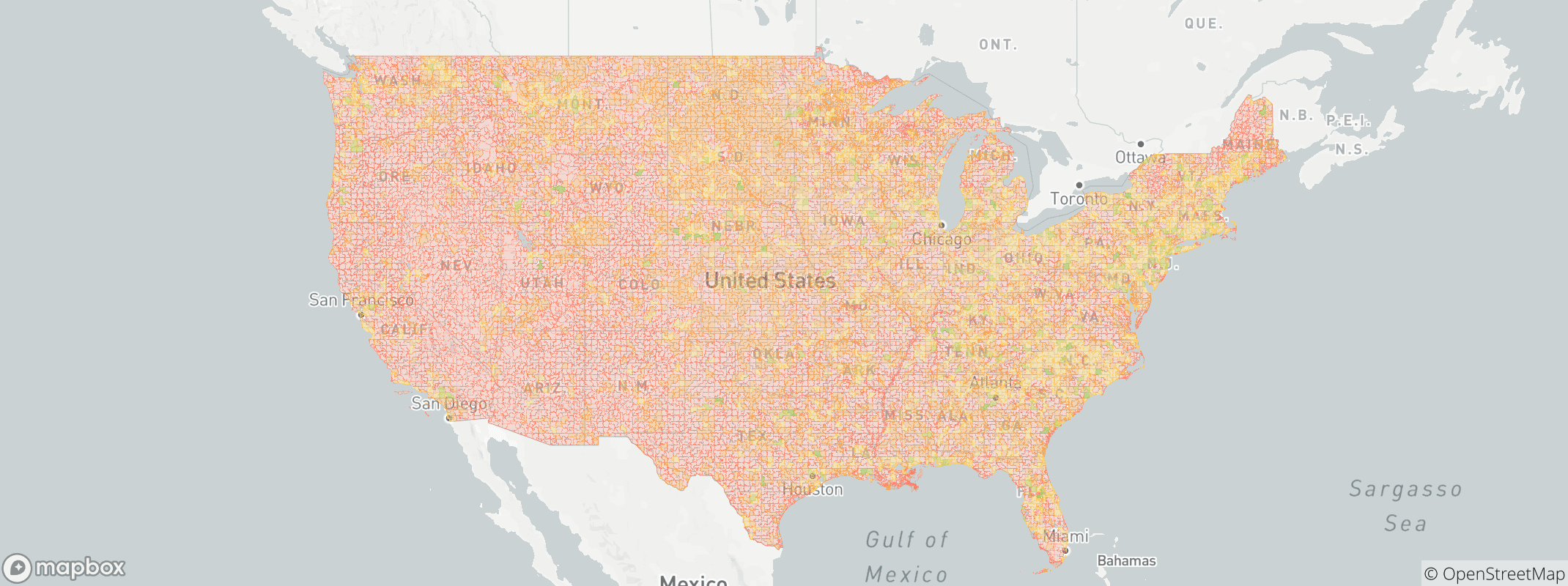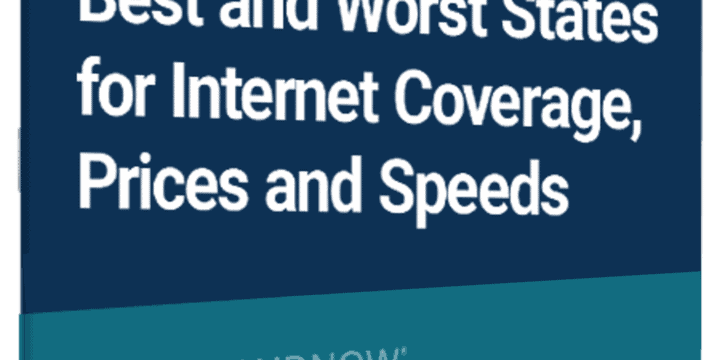Funding Overview
The U.S. continues to suffer from a digital divide, which is a gap between urban city dwellers and rural residents’ access to broadband services. For over two decades, various U.S. government agencies have attempted to address this issue through broadband funding initiatives. Much like the government was able to bring electricity — and later telephony — to rural parts of America, these programs effectively offer carrots to telecommunications companies to spur them to build out expensive broadband infrastructure in areas where it would be too expensive to do so otherwise. As of 2017, 24 percent of Americans (78 million people) in rural areas lacked coverage from fixed terrestrial broadband networks offering 25 Mbps. Another 14 million lacked access to any fixed broadband service whatsoever.
In recent years, the FCC has claimed rural broadband as a top priority. In April 2019, FCC Chairman Ajit Pai announced a new fund to support the buildout of gigabit-speed broadband services to rural residents. Here’s a look at the current federal-level broadband funding programs that are helping to close the digital divide across America.





